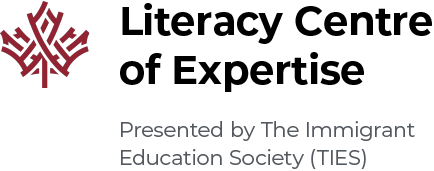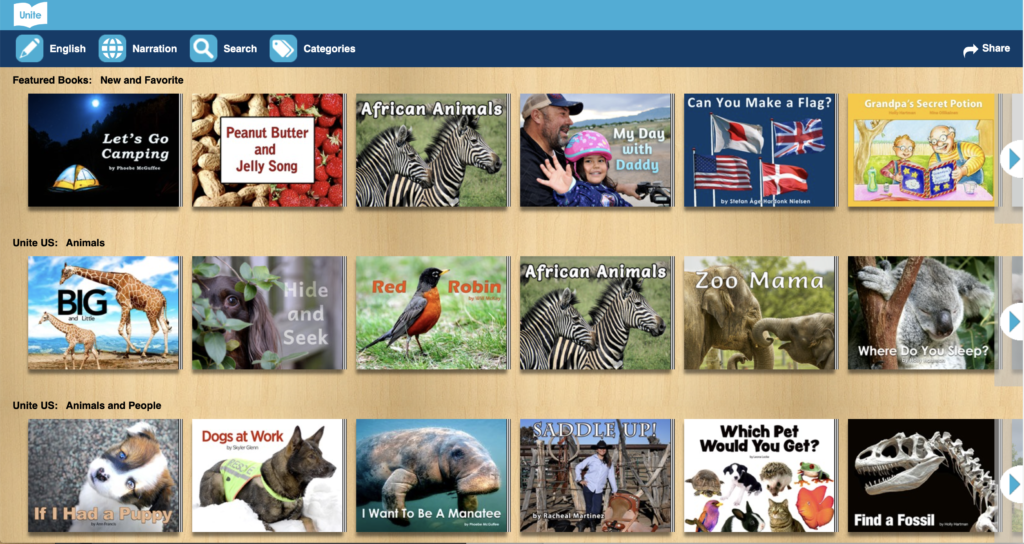
by Katrina Derix-Langstraat
Katrina has been teaching adult ESL literacy in Calgary since 2005. She loves to collaborate and connect with other teachers, in the pursuit of excellence in adult ESL literacy education.
We literacy teachers can be a nerdy bunch. I fantasize of someday having a classroom with a library of level-appropriate, high-interest books for my students to access during class, and to borrow for at-home reading. Can anyone relate?
It can be such a challenge to find the right reading materials for adult ESL literacy learners! Materials need to be relevant and appropriate. It’s better if they are for language learners rather than native speakers. It’s better if they are for adults, rather than children. It’s best if there’s a variety of levels available so that students can engage in independent reading and build their confidence.
Over the years, I’ve slowly been building my own collection of such reading material. It’s a work in progress. Many of the teachers I know also have their own “book box” or “class library” or some such thing and it is fun to swap and share these books.
Online teaching has provided a HOST of challenges for teaching and learning in the world of adult ESL literacy. Of course, I miss the personal interactions the most. But coming in a close second is my book box. I miss my book box! It’s been difficult to replicate the book box online.
The one site that I’ve found easy for my online class to use is Unite for Literacy. It doesn’t tick all the book box boxes, but it has such a good variety of reading material in there that it’s a reasonable option. On the site, you’ll find short picture books on a wide variety of topics. While the site is designed for children, there are plenty of books on science, nature, and community that are appropriate for adult readers. I also often encourage students who have children to choose some children’s books that they’d like to practice so that they can read to their children.
Here’s a list of things that I really like about this resource:
- All of the books have English audio recordings so that readers can listen to the text as well as read it.
- Most of the books have recordings in additional languages.
- You can browse the books by general subject area.
- The photos are excellent.
- The layout of the books is excellent, with clear font and plenty of white space.
Here are examples of the books at a few different levels:
- Basic: People at Work (one word per page)
- Low: What Colors Do You Eat? (1 sentence per page, with repetitive structure)
- Medium: Let’s Have a Picnic (1 – 2 non-repetitive sentences per page)
- More advanced: Red Robin (Several sentences per page, non-repetitive structure)
Here are a couple of tricks for navigating the site:
- Click the narration tab and choose a language. Then the site will display all the books in that language. To re-set, click the narration tab again and select “no 2nd narration”.
- Or, after you have selected a book, click the narration tab to see the narration languages available.
Here are a few ideas for ways to use the site with your online class:
- Choose a few titles to share with the class together and practice navigating the site. Build relationships by having the class listen to sentences on each page in different native languages.
- Have students choose a book together and practice reading in breakout rooms.
- Have students each choose a book to practice for a week, then read to another student.
While I love the site and use it regularly, there are a couple of things I would change if my magic wand were working these days. I would love to have a way to search books by reading level. I would also love to see more narration languages, especially Tigrinya and Amharic at the moment.
Online teaching and learning is a challenge! I hope this version of a “book box” will help you provide a free-reading opportunity for your online class. Happy reading!


